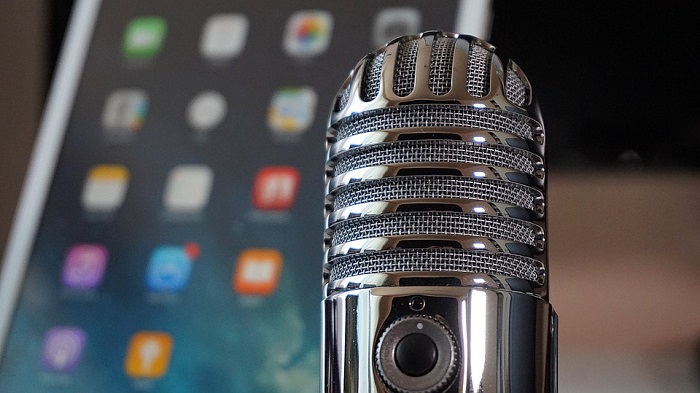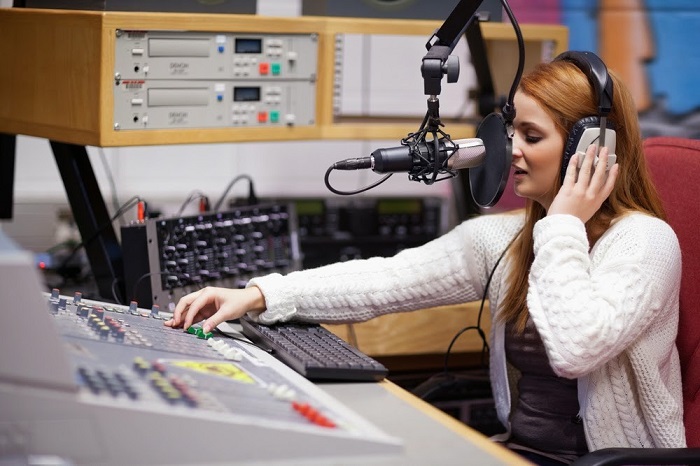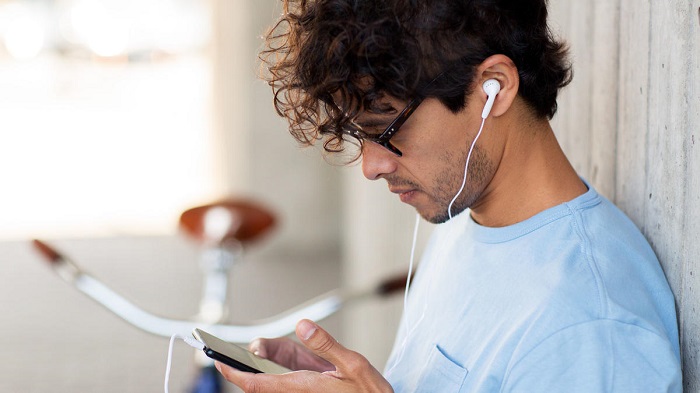As an actor, a podcast can give you another useful avenue to use to showcase your talent and personality. It is true, a podcast can be much easier to produce than other forms of online content such as a video series. But do not be fooled, there is more to it than you may think. This is especially true if you would like to use professional audio in your podcast. Luckily, once you get your initial resources together to invest in your show, you will be ready to get your show out there for everyone to see. So, what is the answer to how to create a podcast?
This article will give you a simple-to-follow guide in making a podcast. It will give you a starting point in how to create a podcast where you can find success for yourself and get you more exposure and possibly even noticed.

12 Steps That Teach You How to Create a Podcast
1. Plan It Out
Before you can jump on a mic and start your show, you will need to get some planning taken care of so that your show is consistent and professional. The first item to consider is your theme. Yes, you are highlighting your ability as an actor, but what will be the focus of your show?
You can speak to other actors about your experiences, give tips, do workshops, anything you think of that pertains to your art. Though you will be giving helpful shows for others, you will in the interim also be showcasing your ability and style.
2. The Boring Stuff
Other things to consider when learning how to create a podcast are the length of your episodes, scripts, and scheduling. You will want to figure out a good length for your show that is long enough to accomplish what you want to accomplish while not being too long and apt to lose your audience attention. Most shows find a good length to be between a half hour and an hour.
- Scripting is important to keep your show moving with forward momentum and purpose. Even if you do not script everything you want to say, especially since improve keeps things natural and fun, you will want at least a basic outline to keep your show on track.
- Scheduling is another aspect to consider when learning how to create a podcast. Will you air your show weekly? Monthly? Most shows lean towards weekly or biweekly. Find what you can handle time-wise and leave enough time between episodes to keep your listeners wanting more.
3. Equipment
The bulk of your financial investment will go towards your equipment needs. Your technical needs will include hardware and software.
Mics, headphones, and a mixer should be the basics you need but there are other pieces you can include in your setup to enrich your audio and get the best quality you can.
4. Software
There are many professional grade software options such as Pro Tools out there. However, it may be in your best interest to work with some free software first. There are also very good programs you can download free of charge so you can get the hang of it before you choose to invest in a high end expensive software program.
Many of these have terrible user interfaces but can still give you a way to edit, import clips, and add your vocals directly into the program in a variety of different file types.

5. Highlight Your Voice
You will need a USB microphone to get superior sound quality and better flexibility than you will get from the built-in mic on your computer.
Also consider how many guests you may have on any given show. You will want them to sound clear as well. Thus, be sure to plan and have a number of mics on hand. Finally, if you plan on utilizing a mixer in your setup, be sure your mics and mixer are compatible with one another.
6. Benefits of a Mixer
As an amateur podcaster you may not really need a mixer. However, a mixer will let you pre-record your voice and store it so you can edit it later. It is also useful if you plan on using music or movie clips in your show. Moreover, it is useful if you are using more than one mic.
7. A Need to Hear Yourself
If you do not intend to use a mixer, a decent pair of headphones is all you need. They do not need to be super expensive or high tech. Your goal will be to hear yourself and your guests clearly.
However, if you do plan to integrate a mixer into your setup, you will need a better pair. This is so you have the ability to adjust the audio channels as needed.
8. Ready to go!
Once you are set with gear the fun begins. It is time to get your pilot episode recorded. Grab your outline, relax, and go.
Remember it is going to be recorded before you actually air it. Thus, do not be too worried if you run into bumps along the way.
9. Time to Edit
Editing will be an important aspect to get used to when you are learning how to create a podcast. It takes time to get the hang of, so before you try any advanced techniques, get used to the basics.
Learn to level out vocals for your speakers, shortening dead air between segments, and keeping any background music and sound effects low enough as not to detract from the vocals while still being effective. You can also learn to trim and adjust the bitrate.

10. Exposure
Ultimately, your main goal when learning how to create a podcast is to eventually share it with the world. Thus, you will have to find somewhere to host it. There are sites that allow you to host your file for free. Free sites tend to give you little control. Other sites are more advanced and allow you to utilize more features at a low cost.
Most will automatically add a RSS2 enclosure to your recording so that you can use the recording as a podcast. When you upload your file, it will get the necessary tag and will generate the XML feed.
1. Indexing and Getting Your Show Out
Each episode of your podcast is technically an XML file. These files hold the MP3 and metadata for each show. Once your show is online you can use another online program called an RSS validator to double check for quality and to make sure there weren’t any overlooked mistakes. Then you can upload your file to the iTunes store.
Remember to submit your podcast to as many platforms as you want or can. Stitcher, Soundcloud, and Google Music are popular platforms that can bring you a good amount of listeners.
12. Congratulations! Now Get the Word out
Once you get to this point you will likely have to navigate through some troubleshooting. However, once you are set, Apple and Google will list your show as an official selection on its list. Now it is time to get your media entity status known.
- Hit up social media networks to connect with your listeners. Use Twitter or Facebook to give your podcasts exposure and let your loyal listeners know when a new episode is available.
- You can add links or even start discussions that pertain to your podcast.
- Get listeners pumped about an upcoming guest. The possibilities of interaction and networking are endless.
- Don’t forget to get a website that is dedicated to your podcast. This gives you even more ability to gain exposure.
- You can post video, link to your podcasts, add contact info and really let your acting ability take center stage.
Wrapping Up
Adding the ability to podcast to your repertoire can give you another avenue of exposure. You can really highlight your personality, knowledge, and skill. Keep a running list of podcast ideas and take the time to learn the tools of the trade to look professional. Remember there will be some initial monetary investment to consider because of the need to acquire some necessary hardware and software. However, when you are learning how to create a podcast, there are more inexpensive alternatives to bide you time until you can afford better equipment. With enough planning and preparation you can have a successful show that can give you avid listeners and even get you noticed.
Do you have any experiences to share with other prospective pod casters? How bumpy was your first try and how did you overcome it? Do you have any helpful tips or suggestions for others? Are there any programs, web hosting sites, or specific types of equipment you suggest for others to use? Please leave any useful information, experiences, or suggestions below for anyone learning how to create a podcast.
The images are from depositphotos.com & pixabay.com.